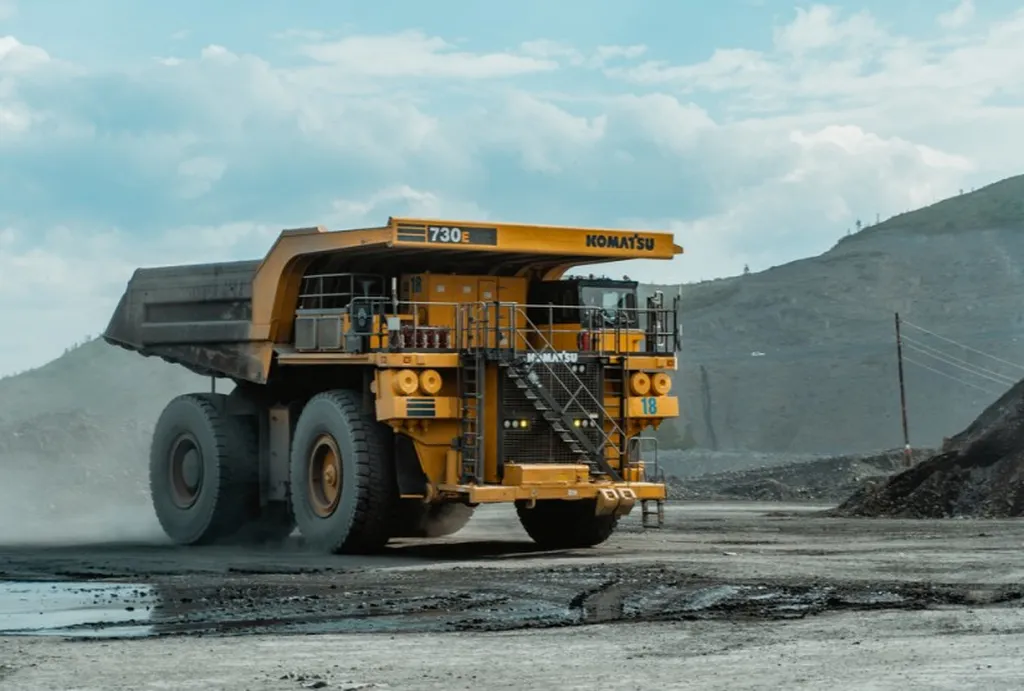In the heart of Russia’s industrial landscape, a groundbreaking study is set to revolutionize the way mining enterprises select dump trucks for deep open pits. Led by Konstantin V. Burmistrov of the Nosov Magnitogorsk State Technical University, this research addresses a critical need in the mining industry, where transportation equipment accounts for up to 70% of operating expenses.
The study, published in the journal “Известия Томского политехнического университета: Инжиниринг георесурсов” (translated as “Proceedings of Tomsk Polytechnic University: Engineering of Georesources”), introduces a universal system of criteria for selecting dump truck models. This system is poised to optimize the decision-making process for mining enterprises, ensuring that the chosen equipment aligns with the specific conditions and goals of each operation.
Burmistrov and his team have developed a comprehensive two-level evaluation system that considers four global criteria: technical, technological, environmental, economic, and organizational. These criteria are further broken down into 32 sub-criteria, providing a detailed framework for evaluation. “The novelty of our approach lies in the complex consideration of all relevant factors and the development of a universal evaluation system,” Burmistrov explains. “This methodology allows us to determine the significance of each criterion, ensuring accurate and reliable results.”
The research employs the multi-criteria decision-making method known as the Best Worst Method to determine the significance of each criterion. This method is particularly valuable in the mining industry, where numerous factors influence the selection of dump trucks. By systematizing these criteria, the study provides a clear and structured approach to decision-making, which can significantly enhance the efficiency and sustainability of mining operations.
The implications of this research are far-reaching, particularly for the energy sector, which relies heavily on mineral extraction. Efficient transportation systems are crucial for maintaining the balance between economic, environmental, and social objectives. “Our methodology considers the goals and objectives of decision-makers at different levels of management,” Burmistrov notes. “This ensures that the selected dump truck models meet the specific needs and conditions of each mining enterprise.”
The study’s findings are recommended for use by managers of mining enterprises and specialists in design organizations. By adopting this universal system of criteria, these professionals can make more informed decisions, ultimately leading to cost savings and improved operational efficiency.
As the mining industry continues to evolve, the need for sophisticated decision-making tools becomes increasingly apparent. This research by Burmistrov and his team represents a significant step forward in this regard, offering a robust framework for selecting dump trucks that can withstand the demanding conditions of deep open pits. The study’s publication in “Proceedings of Tomsk Polytechnic University: Engineering of Georesources” underscores its academic rigor and practical relevance, making it a valuable resource for professionals in the field.
In the broader context, this research has the potential to shape future developments in the mining industry. By providing a structured approach to equipment selection, it can help mining enterprises achieve their sustainability goals while maintaining economic viability. As the industry continues to face challenges related to resource depletion and environmental concerns, such innovative solutions will be crucial in ensuring its long-term success.

